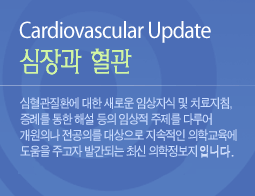Background and objectives The outcomes and characteristics of out-of-hospital cardiac arrest (OHCA) vary across geographic regions. The etiologies and prognoses of OHCA in Asian populations remain less established. This study aimed to investigate the etiologies and clinical characteristics of patients successfully resuscitated after OHCA and to identify predictors of survival outcomes.
Methods Data were extracted from a South Korean multicenter prospective registry of OHCA that included 64 tertiary hospitals from 2015 to 2018 (n=7,577). The primary outcome was in-hospital mortality, and the secondary outcome was a Cerebral Performance Category (CPC) score of grade 1 at discharge.
Results Of the 7,577 patients, 2,066 achieved return of spontaneous circulation (ROSC) and were hospitalized. A total of 915 (44.2%) presented with ventricular arrhythmia (VA) as their initial rhythm or on admission. The leading cause was obstructive coronary artery disease (n=413; 20.0%). Sudden unexplained death syndrome (SUDS) accounted for 67.5% of survivors and was significantly less common in patients with VA (82.7% vs. 48.3%, p<0.001). VA was an independent predictor of in-hospital mortality (adjusted hazard ratio, 0.774; 95% confidence interval [CI], 0.633–0.946; p=0.012) and the grade-1 CPC score at discharge (odds ratio, 2.822; 95% CI, 1.909–4.172; p<0.001). Other predictors of in-hospital mortality included age, diabetes mellitus, witnessed cardiac arrest, ROSC on arrival, total arrest time, alertness on admission, extracorporeal membrane oxygenation use, targeted temperature management, and coronary reperfusion.
Conclusions SUDS was common in patients with ROSC after OHCA. VA was independently associated with favorable survival outcomes at discharge. Prompt clinical intervention may improve clinical outcomes in patients with OHCA, particularly those with VA.
|









